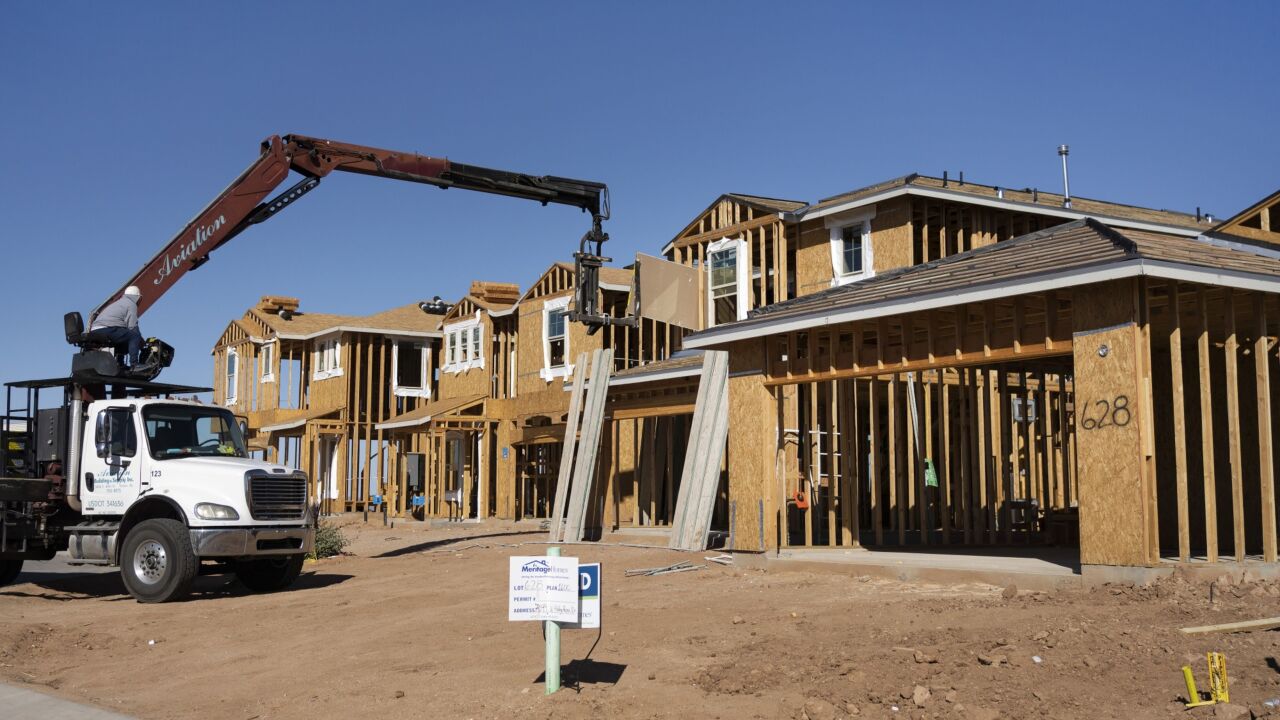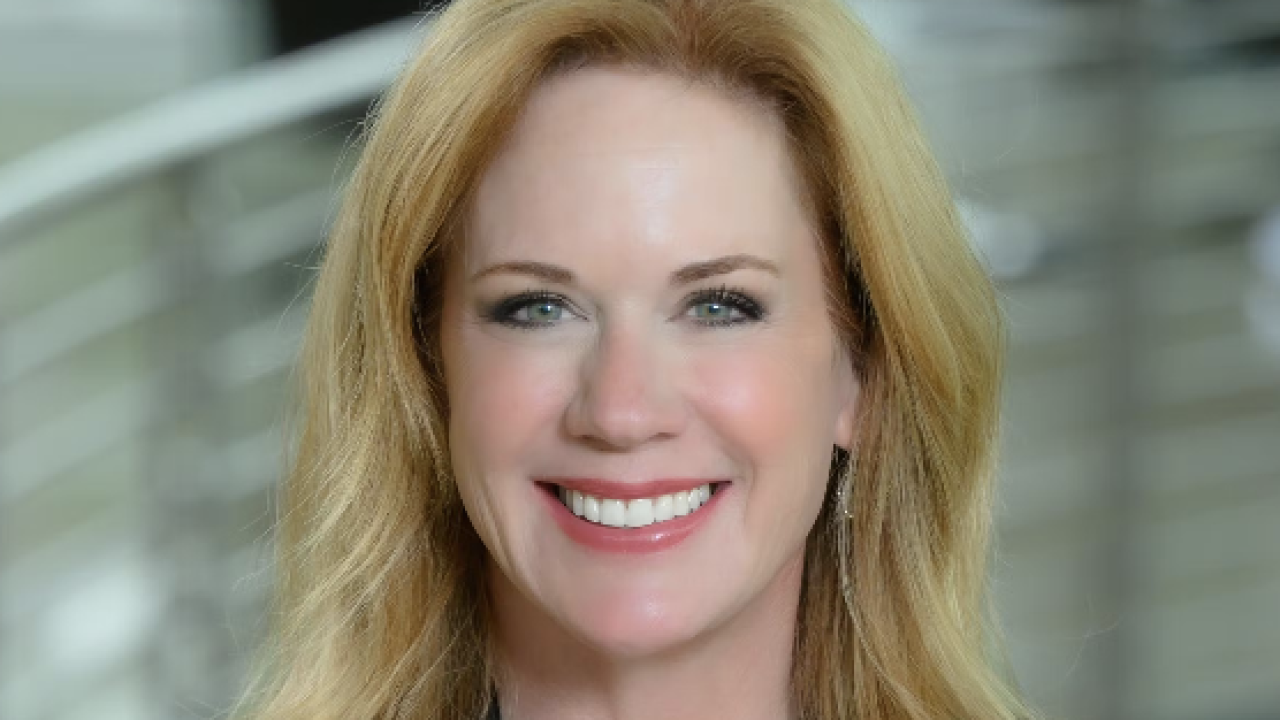
Fannie Mae and Freddie Mac want perfection. Mortgage lenders want relief. Technology could help both sides get what they want.
The government-sponsored enterprises are increasingly pushing lenders to deliver loans without any defects—which can range from missing documents to misrepresented assets. Lenders complain that a zero-defect standard is unrealistic and are pushing back, asking Fannie and Freddie to lighten up on the requests to buy back problem loans.
The solution to this impasse may lie in the GSEs' growing acceptance of alternative ways to verify data, such as electronic bank statements. Though still a ways off, some experts say, the digital verification of five bedrock elements of mortgage lending—credit, income, assets, employment and identify—could go a long way toward helping lenders more accurately determine a borrower's ability to repay their mortgages.
In this scenario, a loan would be considered "perfect" if delivered to the GSEs with ironclad data, including borrowers' income and assets that could be immediately verified and updated in real time by a financial institution. With more reliable data, the GSEs would have greater confidence that borrowers would not default. In return, lenders would receive a juicy carrot: fewer buyback requests.
"The idea is that certain types of factual data accepted by the GSEs, after a certain period of time, will not be used to force a repurchase," says Jim Deitch, a former banker and CEO of Teraverde Management Advisors, a Lancaster, Pa., financial services advisory firm.
To be sure, moving toward digital verification to create the perfect loan is a long-term process that is complicated by
Neither Fannie nor Freddie would discuss any specific initiatives or pilot projects underway. "We've been focused on loan quality for years and it's an important undertaking on a lot of fronts," said Fannie spokesman Andrew Wilson.
Brad German, Freddie's spokesman, said: "Loan quality has been a major focus and finding ways to give lenders greater certainty in the loans they sell us can help them continue to perfect the manufacturing process."
The Consumer Financial Protection Bureau's ability-to-repay rule, which went into effect in January, requires that lenders verify a borrower's ability to repay their mortgage using eight underwriting factors including documenting a borrower's assets and debts. A borrower must have a debt-to-income ratio of less than 43% for the loan to be considered a "qualified mortgage," which is considered an ultra-safe mortgage that gives the originator relief from legal liability.
While lenders use many sources to verify the information in a loan application, from credit bureaus to the Internal Revenue Service to the Social Security Administration, verifying a borrower's assets in real time has been particularly hard to nail down.
When consumers apply for loans, they usually fax or scan and upload bank statements to a lender. Lenders then complete a 1006 form to verify the cash deposits a borrower lists on their loan application. But data from bank statements often have to be reverified several times before a loan closes, a costly and time-consuming process for lenders and borrowers alike.
"Electronic verification of assets is difficult," says Tim Rood, a former Fannie executive, who is now the chairman and co-founder of the Washington-based consulting firm Collingwood Group. "A lender won't be able to say, 'let me verify that this borrower has $25,000 in their savings or checking account.'"
Brent Chandler, the founder and CEO of FormFree Holdings, an Athens, Ga., company that provides mortgage lenders with real-time connections into borrowers' bank accounts from 15,000 financial institutions, says that electronic verification would streamline mortgage lending and the collection of documents while weeding out borrowers who try to game the system.
"If the GSEs can go directly to the source and remove people from the process, they mitigate fraud and have 100% quality data," says Chandler. "If a loan gets to the GSEs with 100% quality of data, they can remove the reps and warrants sooner."
(Lenders are required to make "representations and warranties" for conventional loans acquired by Fannie and Freddie and any breaches of underwriting and eligibility standards can result in a forced buyback of the loan.)
Since 2010, Fannie and Freddie have embarked on a wide-ranging effort at the behest of their regulator, the Federal Housing Finance Agency,
The effort led the GSEs on Jan. 1 to start electronically validating each and every one of the loans they purchase to make sure they meet guidelines, rather than doing so only for loans that default. The GSEs also agreed to relieve lenders of the repurchase liability for loans after just three years if the borrower made consecutive on-time payments for the entire period and the loan met their guidelines.
Now the GSEs are looking to conduct a more targeted sampling of the riskiest loans submitted by lenders rather than a random sampling, as they do now.
"It's like finding your keys in the ocean," Rood says. "Fannie would rather do more QC on the 5% of loans that they identify as having risk."
Digital verification of a borrower's assets could potentially reduce that risk and also provide more accurate documentation of a borrower's ability to repay a loan. It's also part of a broader effort to get all the data in a loan file verified before a loan closes.
"If there was electronic validation of a bank statement, you could get the data sent to a Fannie portal," says Deitch.
He cited as precedents the GSEs' work with the Mortgage Industry Standards Maintenance Organization, known as MISMO, to create standardized data definitions, and the required submission of electronic appraisal reports.
"If you look at where MISMO and Fannie are going with the uniform data delivery and collateral valuation pieces, they are likely to extend it to other things," says Deitch.
Some borrowers would prefer not to have their assets and income verified in real time, says Chandler, because they may be artificially inflating their bank statements temporarily to obtain a loan.
"If you want to get the perfect loan, you have to understand the ability to repay and the borrower's cash flow," he says.





